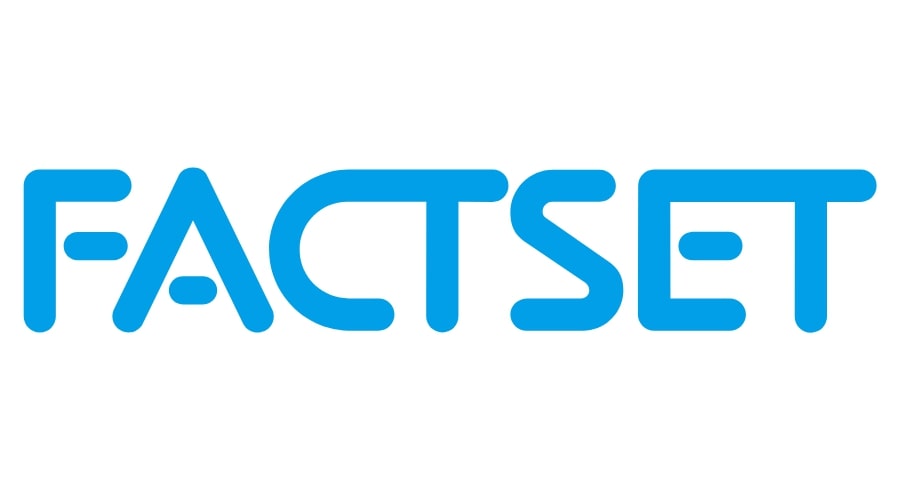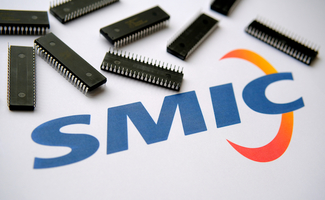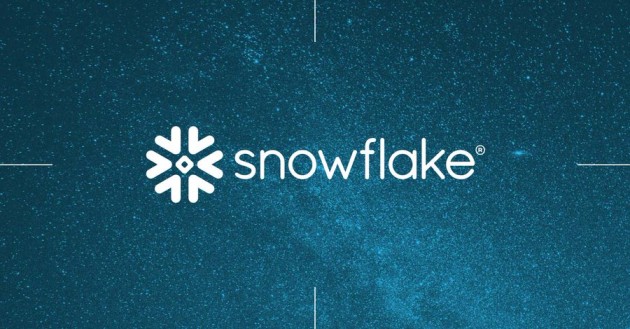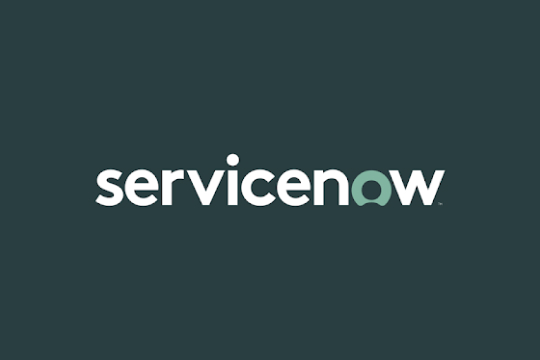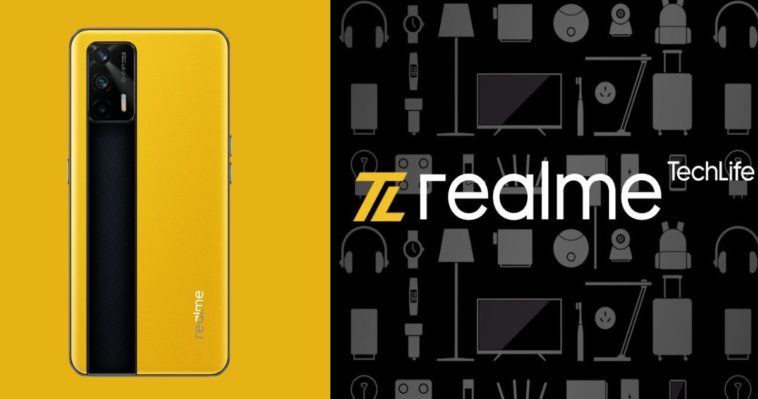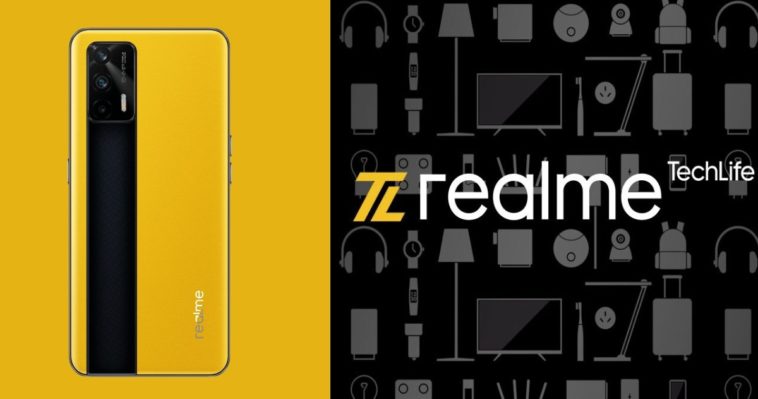Wise – A Multimillion-Dollar Fintech Company That Emerged Out Of A Sudden Plan.
Wise is a young fintech company based in Shoreditch, England. Kristo Käärmann and Taavet Hinrikus founded the company in 2011. Earlier in 2021, Wise went public through a direct listing on London Stock Exchange and it was valued at $11 billion. The journey of Wise refers to one of those stories when two people meeting at a party started talking about their life problems. From figuring out a viable solution to making millions in revenue, Wise has achieved massive success in ten years. The company also received an impressive amount of funding since 2011 which could be because both the founders were already established in their professional careers.
The Idea Behind Wise
Kristo Käärmann and Taavet Hinrikus both were living in London when they met in 2007. The two co-founders started a conversation at a party only to realize that they share a common problem. Both Kristi and Taavet send money back to their home countries and every month they need to convert the currency. Taavet used to convert his Estonian salary to pounds whereas Kristo converted his salary to Estonian kroon for paying his mortgage. So, initially, these two fellows devised a solution that was exclusively for both of them. Every month Kristo topped up Taavet’s bank account, setting the amounts according to the mid-market exchange rate while Taavet did the same for Kristo. This arrangement helped them make big savings but none of them decided to open up a company.
After Kristo and Taavet made arrangements for themselves the word traveled fast to other Estonian experts. Due to the huge amount of savings that came with the idea, they turned it into a business without any plan of doing it in 2007. In 2011, they officially established this money-exchange forum and it was called TransferWise. The business started flying only after 15 fifteen minutes of TechCrunch publishing an article. Kristo said that the transactions never stopped.

Executing The Plan
When Kristo and Taavet came up with this idea of overseas transfer, they were both working at different companies. In 2011 they decided to quit their jobs and for the first year, they self-funded the company. The company eventually started attracting many investors that also include the famous billionaire, Peter Thiel. Today, the company processes transactions for more than ten million active customers who save around $1.5 billion every year that goes as bank fees. The first year when Wise operated, the total amount from the transactions summed up to €10 million. The company gained popularity so fast that after a year it was named “East London’s 20 hottest tech startups.”
In 2012 the company was featured by several big magazines as one of the top startups in the country. Till 2013 the company also allowed its users to purchase bitcoin but due to pressure from banking providers, it was discontinued. The same year, a comparison site called Monito revealed that transactions in Wise are 83 cheaper on average as compared to big banks of the UK. In 2015, the company also made it to the top 10 on CNBC’s 2015 Disruptor 50 list. Later in 2015, Wise was named World Economic Forum Tech Pioneer. In February 2021, the company rebranded itself Wise from TransferWise. This rebranding wanted to reflect on the fact that the company has expanded its services as it goes beyond just international money transfers.
About The Founders
Kristo Käärmann is the famous co-founder of an extremely successful startup called Wise (earlier TransferWise). He studied mathematics and computer science and started his career as a consultant at PwC. Before co-founding Wise with Taavet Hinrikus, he worked at Deloitte for more than four years. He is also the current CEO of Wise, which filed its IPO in 2021.
Taavet Hinrikus is a famous entrepreneur and investor who started his career at Halo Interactive DDB. It worked at several companies before co-founding Wise that also includes being the Director of Strategy at Skype. After he and Kristo came up with the solution of overseas transfer, he spread the word on Skype which helps them gain a potential customer base before officially launching the company.

Annasha Dey is an NIT student, who apart from studying engineering is also a content writer. She has a great interest in photography, writing, reading novels, and travelling as well. She is a foodie who loves socializing and hanging out with her friends. She is also a trained Kathak dancer and a big fashion enthusiast. Dey also loves watching TV series, which includes F.R.I.E.N.D.S. and Big Bang Theory. To be a better writer she prefers to read more
